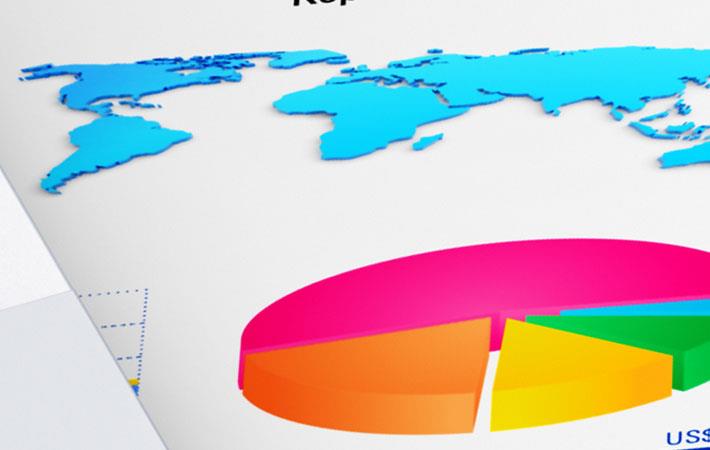Interviews
Asia-Pacific continues to be leader of global growth: IMF
10 May '17
3 min read

The Asia and Pacific region continues to deliver strong growth, in the face of widespread concerns about growing protectionism, a rapidly aging society, and slow productivity growth, says latest regional assessment released by the International Monetary Fund (IMF). The Regional Economic Outlook estimates 5.5 per cent growth this year for the region.
The region registered 5.3 per cent in 2016. Growth is expected to remain strong at 5.4 per cent in 2018, as the region continues to be the leader of global growth, the report states.
The report also cites the more favourable global environment with growth accelerating in many major advanced and emerging market economies—notably the United States and commodity exporters—as supporting Asia’s positive outlook. “The signs of growth in the region are encouraging so far. The policy challenge now is to strengthen and sustain this momentum,” said Changyong Rhee, director of the IMF’s Asia and Pacific department.
In China, the region’s biggest and the world’s second largest economy, policy stimulus is expected to keep supporting demand. Although still robust with 2017 first quarter growth slightly stronger than expected, growth is projected to decelerate to 6.6 per cent in 2017 and 6.2 in 2018. This slowdown is predicated on a cooling housing market, partly reflecting recent tightening measures, weaker wage and consumption growth, and a stable fiscal deficit.
Japan’s growth forecast for 2017 has been raised to 1.2 per cent with support from expansionary fiscal policy and the postponement of the consumption tax hike (from April 2017 to October 2019). The expansion would slow down to 0.6 per cent in 2018 as the boost from the fiscal stimulus wears off.
The outlook for other Asian economies is also positive, but with some exceptions. India’s growth is expected to rebound to 7.2 per cent in fiscal 2017-18 as the cash shortages accompanying the currency exchange initiative ease.
In most of the Southeast Asian economies, growth is expected to accelerate somewhat, supported by robust domestic demand—an important driver of growth in these countries. Meanwhile, growth in Korea is projected to remain subdued at 2.7 per cent this year despite the recent pick up in exports, mainly owing to weak consumption.
The region’s outlook, however, is clouded with uncertainty. A sudden tightening of global financial conditions could adversely impact Asian economies with high external financing needs and weak private sector balance sheets, including by triggering capital outflows and unwinding of productive investment projects.
Asian economies are especially vulnerable to protectionism because of their trade openness and integration to global value chains. A global shift toward inward-looking policies could suppress Asia’s exports and reduce foreign direct investment to Asia. Furthermore, a bumpier-than-expected transition in China or geopolitical tensions in the region could also weaken near-term growth. (RKS)
Fibre2Fashion News Desk – India
Popular News
Leave your Comments
Editor’s Pick
Folker Stachetzki
Brother Internationale Industriemaschinen GmbH
C Devarajan & P Raajashekar
Texvalley
Yohan Lawrence
Joint Apparel Association Forum (JAAFSL)
Fan Liyuan
JIANGSU YINGYANG NONWOVEN MACHINERY CO., LTD
Savita Jain and Avani K Chandan
The House of Ara
J Rajaraman
Canadian Solar Energy Private Limited
































-Ltd..jpg?tr=w-120,h-60,c-at_max,cm-pad_resize,bg-ffffff)





.jpg?tr=w-120,h-60,c-at_max,cm-pad_resize,bg-ffffff)
.jpg?tr=w-120,h-60,c-at_max,cm-pad_resize,bg-ffffff)






